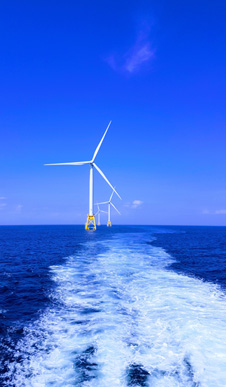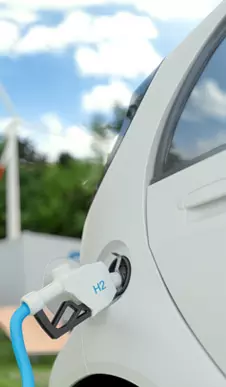Reduce our absolute carbon emissions and encourage clients to commit to ambitious climate action and thrive within a low carbon economy
Climate Action is a key pillar of our ESG & Sustainability Strategy. We recognise our role as a responsible business in supporting the global transition to a sustainable, low-carbon economy whilst acknowledging the critical role of biodiversity restoration in managing the climate crisis. This is part of our commitment to advancing progress against the United Nations Sustainable Development Goals and in particular SDG13, Climate Action.

















